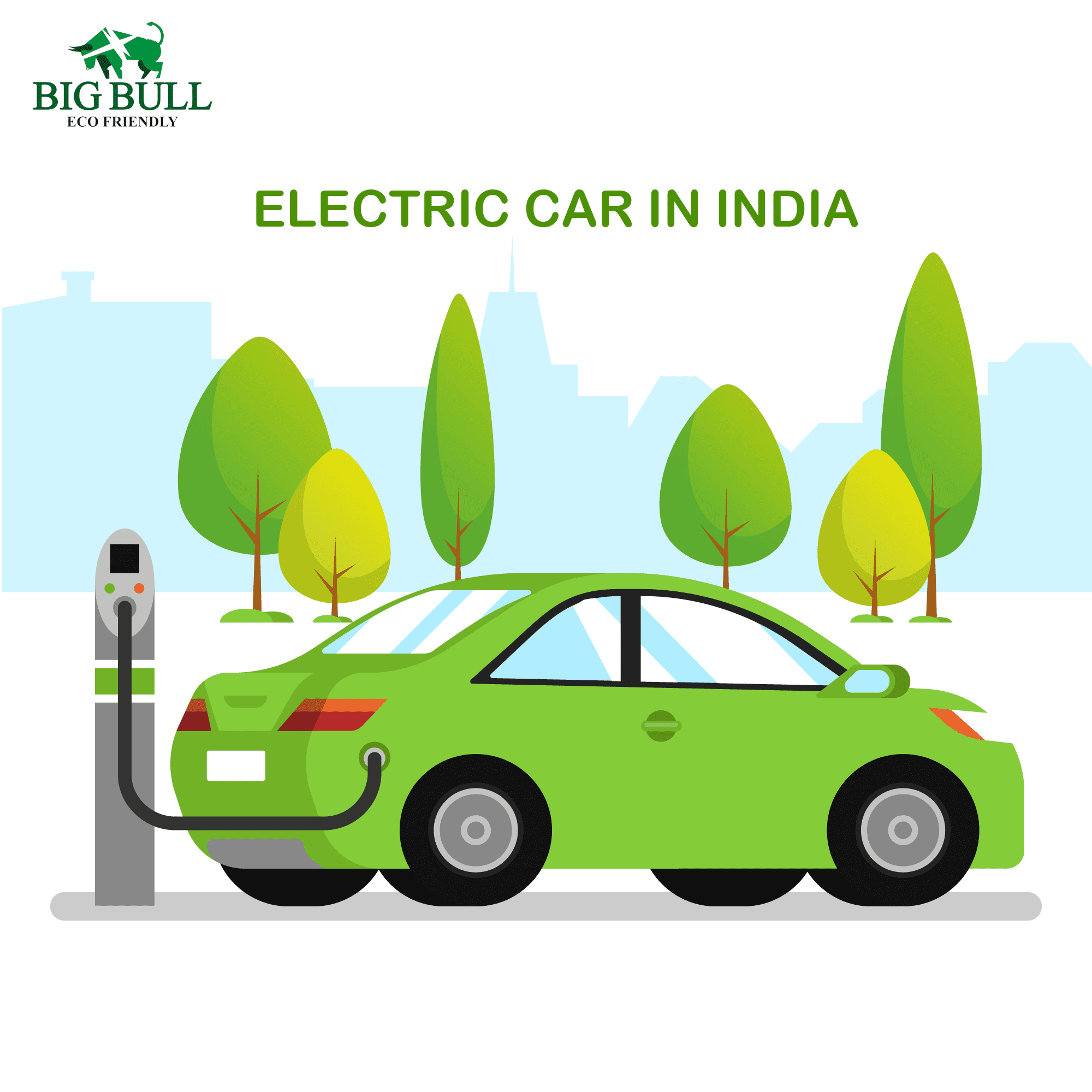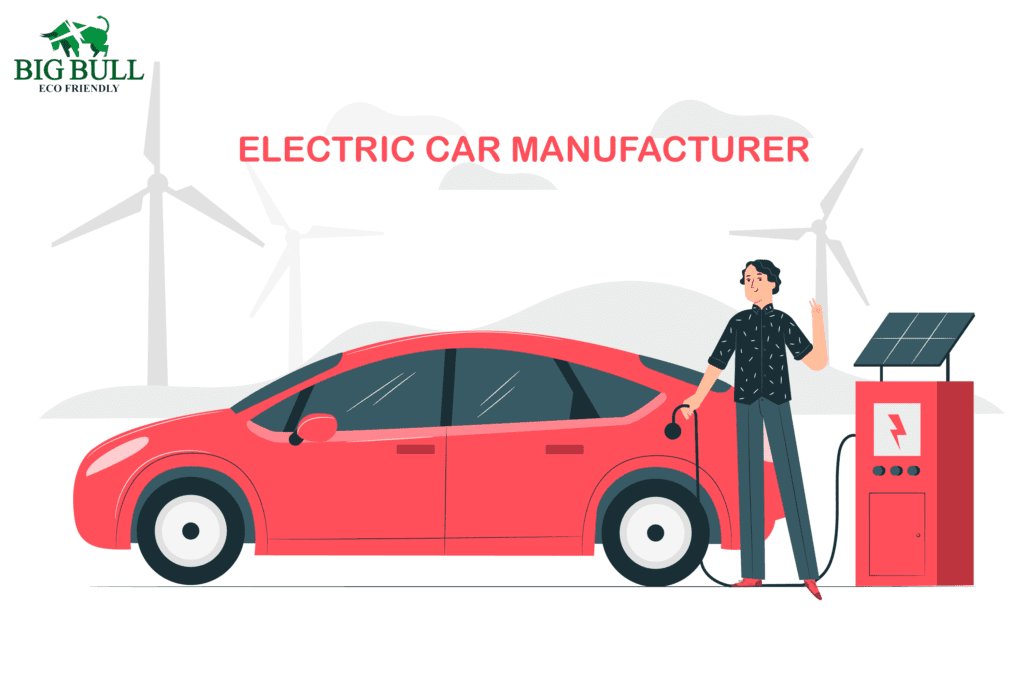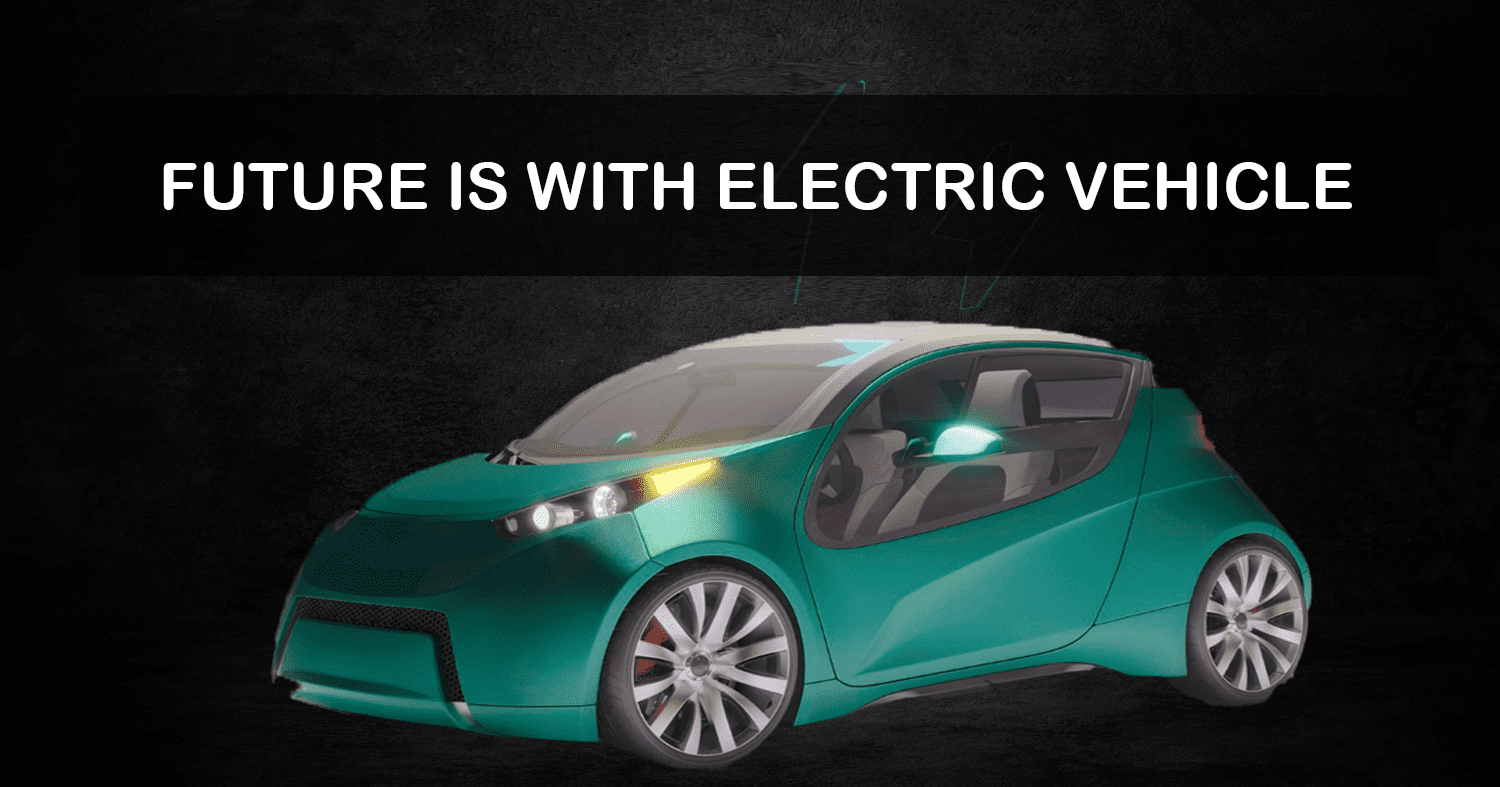There are an estimated 1.4 billion cars on the road globally, and about 5.1 million of them are electric vehicles (EV). Even though only one-third of one percent of all consumer vehicles use EV technology, some of the most innovative companies in the global economy are EV manufacturers. Does the future promise fully electric semi-trucks, cars, and motorcycles? The next generation of EVs may revolutionize the world of transportation.

Table of Contents
ToggleHistory of Electric Vehicles
The first whisper of EVs began in the early 1820s, when horse-drawn carriages were commonplace and the world was looking for alternative solutions to animal-powered vehicles. By the dawn of the 20th century, electric cars were extremely popular with the socialites and businessmen who could afford them. In fact, nearly one-third of all cars on the road were early EVs.
The electric vehicle, which was the epitome of a luxury vehicle in 1912, boasted a range of over 100 miles on a single charge. It wasn’t until the mass production of the gasoline-powered Ford Model T that electric vehicles fell to the wayside to make way for the more economical internal-combustion-engine vehicles (ICEVs). By the early 1930s, there were virtually no electric vehicles left on the road.
Modern Electric Vehicles
Modern HEVs make use of efficiency-improving technologies such as regenerative brakes which convert the vehicle’s kinetic energy to electric energy, which is stored in a battery or supercapacitor.
Electric vehicles have other advantages over those powered by combustion engines:
• No fuel required so you save money on gas.
• Environmentally friendly as they do not emit pollutants.
• Lower maintenance due to an efficient electric motor.
• Better Performance.
There are different types features added in the modern world of electric vehicle which are modernized with the new features.
Advancements in Electric Vehicle Technology:
Battery technology―the electronic systems that keep EVs working and safe―and electric motor efficiency were limiting factors that worked against EV production in the 20th century. Continuous innovations in each of these technologies, such as the invention of lithium-ion in the 1980s, paved the way for a profound rise in EV manufacturing and consumer adoption. Consumers saw an increase in:
· Charge capacity
· Safety ratings
· Efficiency
· Performance
· Aesthetics
· Affordability
Charging station availability—long the infrastructural bane of EV ownership—continues to grow. New materials like silicon carbide have enabled revolutions in legacy silicon technologies, showing even more promise for optimizing EV efficiency and power utilization.

The Future of Electric Vehicles
The majority of Indian consumers think an electric vehicle would be available by 2023, but they also think it won’t be until 2025 to 2030. While the average retail price for EVs globally is $36,000, Indian consumers are seeking a lower pricing than those in other nations. (About 27 lakh rupees).
Globally, lithium-ion batteries cost about $250/kWh, which equates to about Rs5.7 lakh only in battery costs. An electric vehicle now costs more than a conventional vehicle since lithium-ion batteries make up half of their price.
Li-ion batteries are hindered by the safety of the batteries against explosion. In India, the difficulty of charging and the scarcity of charging stations are major obstacles for EVs that may also be considered, rendering them impracticable or significantly less feasible for long-distance rides.
For more information or expand your business in Electric vehicle in India, then get in touch with Big bull E rickshaw






